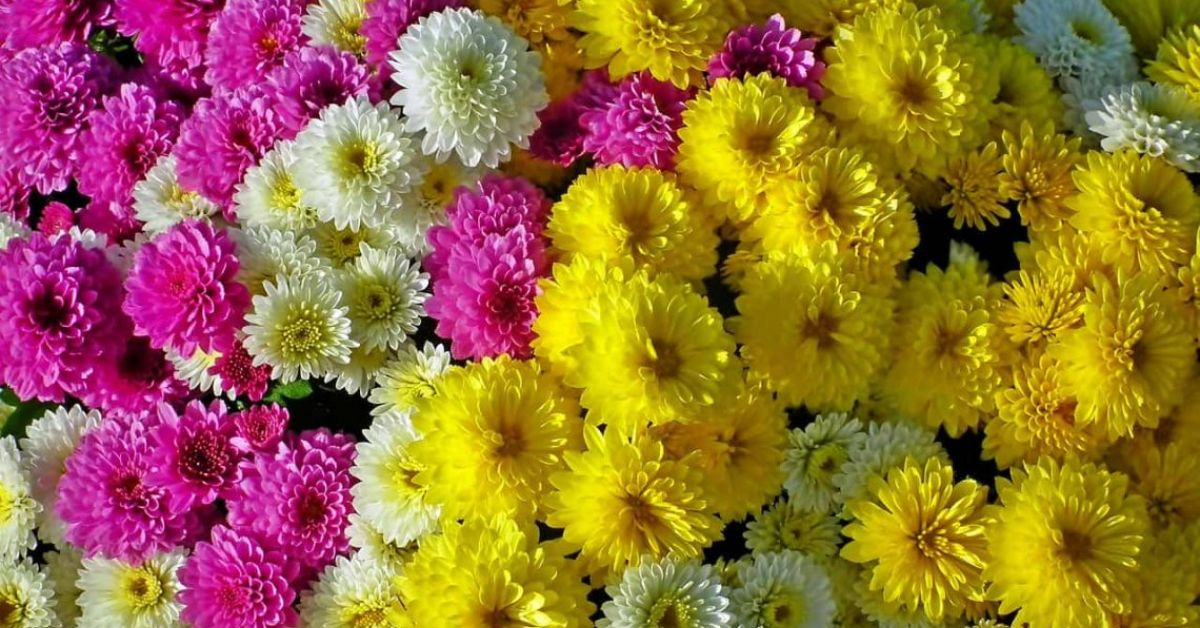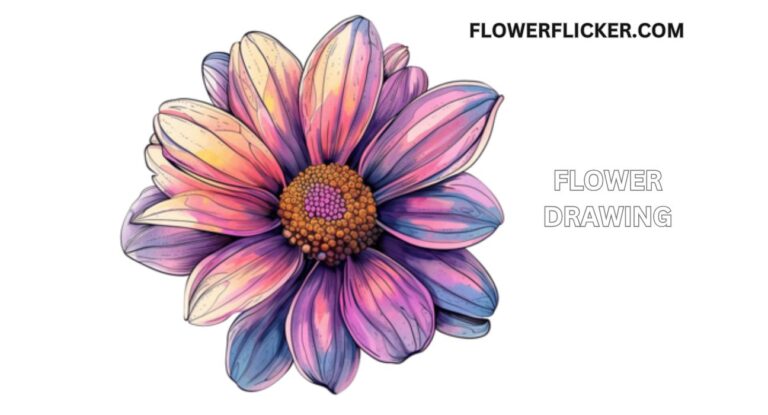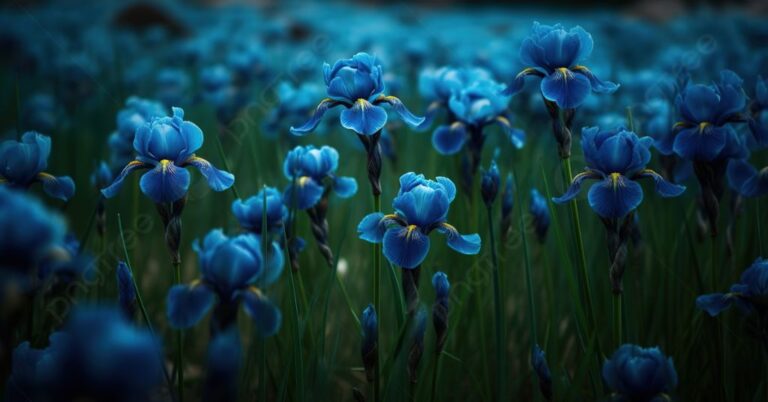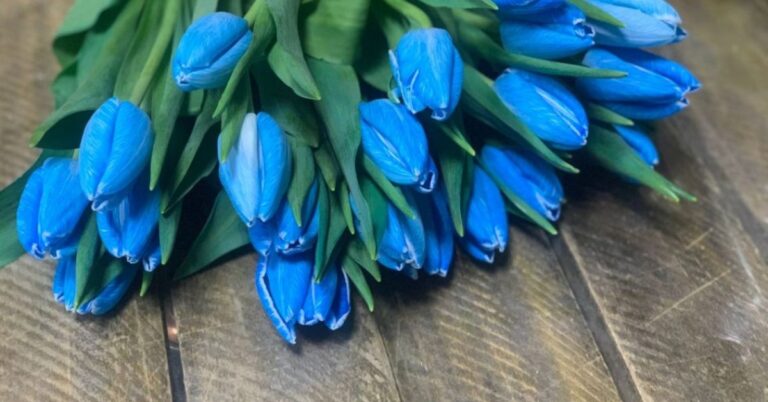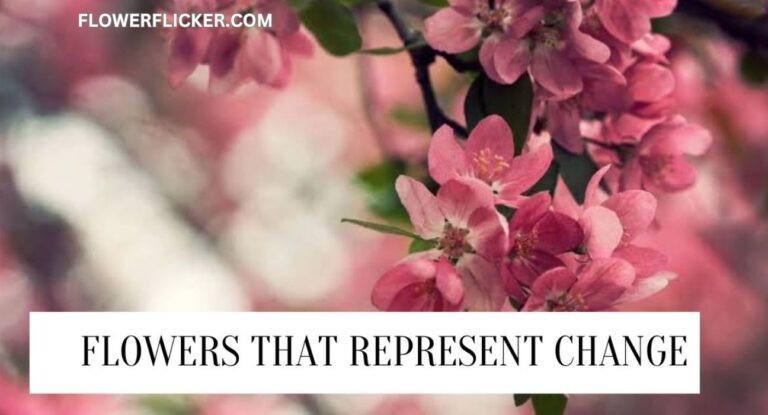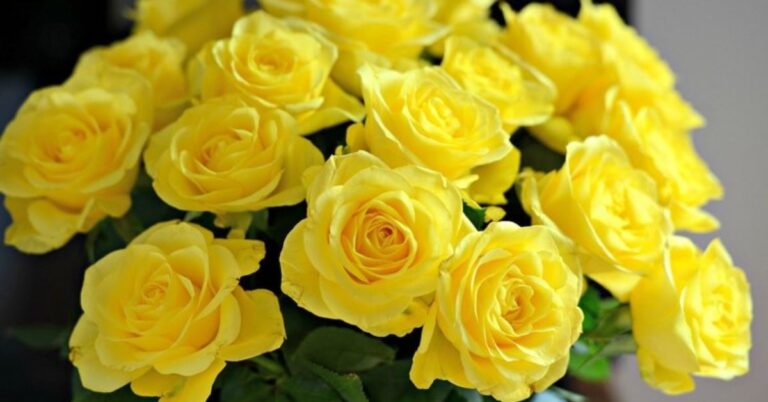Chrysanthemum Meaning and Symbolism
Chrysanthemum meaning and symbolism, we uncover layers of interpretation that speak to human experiences—each petal telling a story of resilience and beauty. The intricate interplay between color variations adds another dimension; whether it be the fiery red symbolizing deep love or the gentle white representing purity and innocence, each hue invites further exploration.
In the vibrant tapestry of floral symbolism, few blooms hold as rich and diverse a significance as the chrysanthemum. Revered across cultures and continents, this flower is not merely a feast for the eyes but a profound emblem steeped in history and meaning. From ancient Chinese traditions to modern Western celebrations, the chrysanthemum has woven its way into our hearts and rituals, embodying messages of love, joy, and even sorrow.
Origin of Chrysanthemum Meaning and Symbolism
The origin of chrysanthemum flowers traces back over 2,500 years to China, where they were first cultivated for medicinal purposes rather than mere ornamental use. Ancient texts reveal that these vibrant blooms were initially prized for their health benefits, including pain relief and fever reduction. It wasn’t until the Tang Dynasty (618-907 AD) that chrysanthemums gained stature as symbols of nobility and wisdom in Chinese culture, leading to their celebration during festivals and poetry.
As trade routes flourished through Asia, particularly along the Silk Road, chrysanthemums began their journey westward into Japan and beyond. In Japan, the flower became deeply intertwined with cultural identity; it was even designated as the Imperial flower. The Japanese cultivated unique varieties that displayed an array of colors and forms, establishing a rich tradition around chrysanthemum cultivation known as kiku.
Chrysanthemum Flower Meaning
Chrysanthemums, often referred to as mums, carry a diverse tapestry of meanings that vary across cultures. In many Asian countries, the chrysanthemum symbolizes nobility and perfection—the flower is commonly associated with autumn festivals and is recognized for its profound aesthetic beauty as well as its medicinal properties. For instance, in Japan, the chrysanthemum is so revered that it features prominently in the Imperial Family’s emblem, representing longevity and rejuvenation.
Chrysanthemums, or mums, are more than just vibrant blooms; they carry rich meanings that vary significantly across cultures. In Japan, these flowers symbolize the sun and rejuvenation, embodying a sense of hope and joy. The annual Chrysanthemum Festival celebrates their significance with stunning displays that reflect the nation’s appreciation for beauty and perseverance. Conversely, in European cultures, especially in countries like Belgium and France, chrysanthemums are often associated with death and mourning, frequently featured at funerals or gravesites to honor lost loved ones.
Chrysanthemum Meanings Around the World
Chrysanthemums, often celebrated for their breathtaking blooms and resilience, carry diverse meanings across cultures that reflect local traditions and sentiments. In Japan, these flowers symbolize the sun and are associated with rejuvenation; the annual Chrysanthemum Festival showcases this connection through elaborate displays celebrating life and positivity.

Australia
The chrysanthemum, widely celebrated in Australia for its stunning autumn blooms, carries diverse meanings across cultures worldwide. In Japan, it symbolizes the beauty of rebirth and rejuvenation—an emblem of the Sun itself that graces festivals and royal ceremonies alike. Meanwhile, in China, it’s revered not only as a flower but as a symbol of nobility and longevity. The Chinese even have a festival dedicated to this resilient bloom, highlighting its significance in celebrating life’s enduring spirit.
Belgium
The Belgium chrysanthemum holds a unique place in floral symbolism across various cultures. In many Asian traditions, these striking blossoms represent life and vitality, often associated with celebrations that honor ancestors. For instance, in Japan, the chrysanthemum is revered during the Festival of Happiness; it symbolizes not only longevity but also a deep respect for family legacy.
Buddhist Monks
The chrysanthemum transcends mere botanical beauty to embody profound philosophical meanings, particularly within Buddhist traditions. For Buddhist monks, the flower symbolizes impermanence—a core tenet of Buddhism that reflects the transient nature of life. The delicacy and fleeting bloom of chrysanthemums serve as a poignant reminder that all things are temporary, urging practitioners to cultivate mindfulness and appreciate each moment while it lasts. This contemplation resonates in traditional practices where monks incorporate these flowers into rituals and meditative spaces.
China
The China chrysanthemum, known for its vibrant colors and elaborate blooms, carries rich meanings that vary significantly across different cultures. In Chinese tradition, this flower symbolizes longevity and vitality, often revered in festivals and ceremonies as a sign of good fortune. Its association with autumn reflects the resilience of life as it flourishes even in falling leaves.
Great Britain
In Great Britain, chrysanthemums embody various meanings that reflect cultural nuances and emotional sentiments. Traditionally linked to autumnal beauty, they symbolize life and rebirth as they bloom robustly in a season when many other flowers fade away. This resilience resonates deeply within British culture, representing perseverance and hope—qualities admired across generations.
Japan
In Japan, the chrysanthemum is more than just a beautiful flower; it symbolizes honor, fidelity, and even eternal youth. During the annual Festival of Happiness (Kiku Matsuri), these blossoms take center stage, embodying seasonal changes and the beauty of transience that characterizes much of Japanese aesthetics.
United States
In the United States, chrysanthemums often symbolize friendship and optimism, enhancing the seasonal splendor of autumn. This bright flower, commonly associated with gratitude in American culture, serves as a thoughtful gift for friends or loved ones celebrating significant milestones.
Victorian Era
In the Victorian Era, chrysanthemums transcended mere ornamental value, evolving into powerful symbols interwoven with cultural meanings across various countries. In Japan, for instance, the chrysanthemum is revered as a symbol of nobility and honor. Annual festivals celebrate the bloom’s association with longevity and rejuvenation, reinforcing its status as a favorite among royals. Their petals are even featured in traditional art forms and on family crests, highlighting their esteemed symbolism that dates back centuries.
The Colors and Symbolism
Colors carry profound significance that transcends mere aesthetics, influencing emotions and perceptions at a psychological level. Red, often associated with passion and urgency, can elicit feelings ranging from love to anger. In many cultures, it symbolizes vitality and power, while in others, it may represent danger or warning. Similarly, blue evokes calmness and tranquility; its serene nature is frequently linked to trustworthiness and reliability—qualities highly valued in both personal relationships and professional environments.

Green Chrysanthemum Meaning
In the vibrant world of floral symbolism, the green chrysanthemum stands out for its unique and multifaceted meaning. Unlike its more common counterparts in bright shades, the green chrysanthemum symbolizes renewal, revival, and hope. This association with nature’s rejuvenation is particularly poignant during times of change or personal growth, making it an ideal gift for someone embarking on a new chapter in their life.
Blue Chrysanthemum Meaning
The blue chrysanthemum is a rare and enchanting flower, often associated with deeper meanings that transcend the ordinary symbolism of most blooms. In many cultures, its azure hue signifies hope and trust. This illuminating shade invites contemplation about the complexities of communication in relationships—the way we express our feelings and connect with others. It serves as a reminder that fostering understanding requires both vulnerability and sincerity.
Red Chrysanthemum Meaning
The red chrysanthemum, a striking flower often overlooked in floral symbolism, carries profound meanings that resonate with passion and love. In many cultures, it represents not just romantic affection but also resilience and perseverance. This duality reflects the flower’s vibrant color—radiating energy and strength—while its layered petals symbolize the complexity of human emotions. Recognizing this depth can transform how we perceive flowers as mere decorations into messengers of significant sentiments.
Purple Chrysanthemum Meaning
The purple chrysanthemum, often associated with royalty and nobility, carries a rich tapestry of meanings that extend beyond its majestic hue. In many cultures, this vibrant flower symbolizes not just beauty but also deep emotional connections and love. Particularly in Eastern cultures, the purple chrysanthemum is seen as a symbol of faithful love and joy, signifying the bond shared between friends or loved ones. Its striking color speaks to passion and a sense of admiration, making it an excellent choice for celebrations or gestures of appreciation.
Pink Chrysanthemum Meaning
The pink chrysanthemum, a symbol of love and affection, embodies warmth and emotional connection in various cultures. Unlike its more commonly recognized counterparts like roses, the pink chrysanthemum offers a unique message of tenderness that resonates deeply with relationships rooted in friendship or familial bonds. Its soft hue is often associated with a sense of calm and tranquility, making it an ideal choice for expressing heartfelt sentiments without overwhelming intensity.
White Chrysanthemum Meaning
White chrysanthemums, often celebrated for their pristine beauty, carry profound meanings that resonate across cultures. In many traditions, these delicate blooms symbolize purity and innocence, evoking a sense of tranquility and peace. Their presence is particularly poignant in regions like Asia, where they are revered during festivals and ceremonies as representations of truth and virtue. The white chrysanthemum serves as a gentle reminder to embrace the simple joys in life while acknowledging the enduring nature of love.
Yellow Chrysanthemum Meaning
The yellow chrysanthemum, vibrant and full of life, symbolizes a range of meanings across different cultures. In many Eastern traditions, these blooms are associated with happiness and positivity. They embody joy and warmth, making them a popular choice for celebrations and festive occasions. The bright hue evokes feelings of cheerfulness and provides an uplifting presence in gardens or arrangements, inviting smiles from anyone who encounters them.
Black Chrysanthemum Meaning
The black chrysanthemum holds a unique place in the floral world, often shrouded in mystery and symbolism. Unlike its vibrant counterparts, the black chrysanthemum represents profound themes such as unwavering loyalty and enduring love. This rich, dark bloom often signifies death or mourning in various cultures, but it can also embody resilience—a poignant reminder of life’s transience and the beauty that emerges from grief.
Orange Chrysanthemum Meaning
The orange chrysanthemum, radiant and bold in its hue, signifies enthusiasm and optimism. This vibrant bloom is often associated with feelings of warmth and exuberance, making it a perfect gift to celebrate achievements or new beginnings. Beyond its aesthetic appeal, the orange chrysanthemum conveys a sense of vitality, symbolizing not just happiness but also an invitation to embrace life’s adventures with zest.
Chrysanthemum Proper Occasions
Chrysanthemums, often dubbed mums, are flowers laden with cultural significance and versatility, making them ideal for various occasions. In many Asian cultures, these blooms are associated with honor, fidelity, and the celebration of life. For instance, during the Japanese festival of Chrysanthemum Day (Kiku no Sekku), families adorn their homes with this flower to wish for longevity and happiness. Thus, incorporating chrysanthemums into such festivities not only enhances aesthetic charm but also deepens emotional resonance.

Chrysanthemum Plant Uses
The chrysanthemum, often celebrated for its stunning blooms, boasts a multitude of uses beyond mere ornamental beauty. In traditional medicine, various parts of the plant are rich in antioxidants and anti-inflammatory compounds. Chrysanthemum tea, especially made from its flowers, is revered in Chinese herbal practices for its effectiveness in cooling down the body and alleviating fever—making it a popular remedy during seasonal changes. It’s even suggested that this floral infusion can promote eye health due to its high levels of beta-carotene.
Characteristics of the Chrysanthemum Flower
The characteristics of the Chrysanthemum flower extend far beyond its vibrant petals and rich hues. Known for their diverse forms, these flowers can exhibit an impressive range of colors—from sunny yellows to deep purples—making them highly versatile in floral arrangements. Each bloom hosts a unique petal structure, with varieties classified into categories like pompon, spider, and daisy types, showcasing nature’s artistic flair. Their ability to thrive in various climates adds another layer to their charm; whether basking in full sun or standing resilient against cooler temperatures, chrysanthemums are adaptable companions for gardeners worldwide.
Conclusion
The chrysanthemum holds a rich tapestry of meanings and symbolism across various cultures. Often associated with optimism, joy, and longevity, these vibrant flowers serve as powerful tokens of love and celebration. In many traditions, they are also seen as symbols of resilience and endurance, reflecting their ability to bloom in diverse conditions.
As we explore the significance of Chrysanthemum Meaning and Symbolism in different contexts—from festivals to personal gifts—we gain a deeper appreciation for their beauty and meaning. So next time you encounter this stunning flower, remember its profound symbolism and consider incorporating it into your own celebrations or floral arrangements.
FAQs
What does chrysanthemum symbolize?
Chrysanthemums, often referred to as mums, carry rich symbolism across various cultures. In many parts of the world, particularly in Asia, they are associated with life and rebirth. In Japan, for instance, the chrysanthemum is a symbol of the sun and represents happiness and longevity.
What do chrysanthemums do spiritually?
Chrysanthemums, often referred to as mums, hold significant spiritual symbolism in various cultures. In many Eastern traditions, particularly in Japan and China, chrysanthemums represent life and rebirth. They are associated with the idea of endurance and resilience due to their ability to bloom in the fall when many other flowers have faded.
What does a chrysanthemum mean in personality?
In the context of personality, chrysanthemums are often associated with qualities such as optimism, resilience, and warmth. This flower is known for its vibrant colors and ability to bloom in various conditions, symbolizing a person’s capacity to thrive despite challenges.

